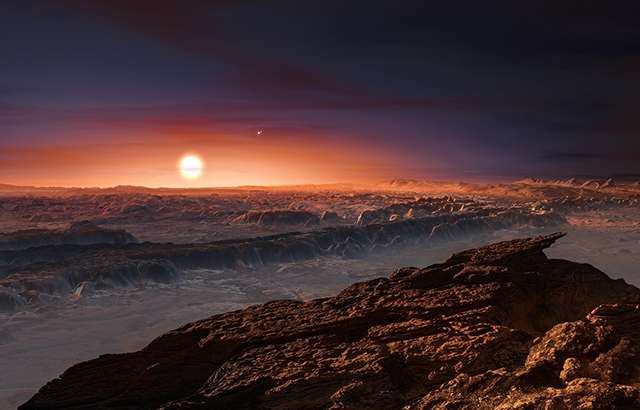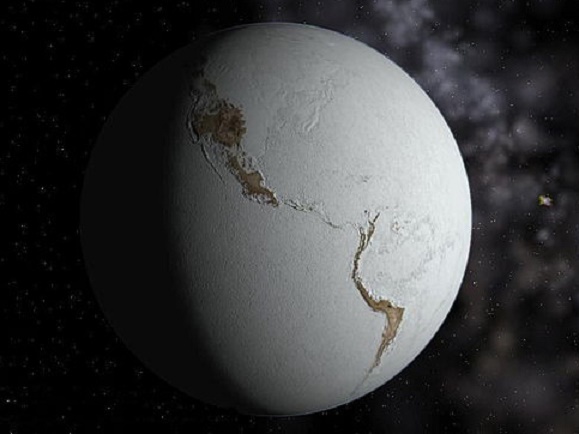The Great London [Search results for life]
Astronomy: Proxima b is in host star's habitable zone, but could it really be habitable?

Mexico: Asteroid impacts could create niches for early life, suggests Chicxulub crater study

Recommended Reading: 'Map of Life' predicts ET, so where is he?

Evolution: Life exploded on Earth after slow rise of oxygen

Astronomy: Evidence of Martian life could be hard to find in some meteorite blast sites

Breaking News: Accelerating the search for intelligent life in the universe

Evolution: Chemistry of seabed's hot vents could explain emergence of life

Origin of Life: Icy comets serve as storks for life on Earth

Dinosaurs: Scientists carry out 'autopsy' on life-sized T-Rex replica

Space Exploration: Scientists identify mineral that destroys organic compounds, with implications for Mars Curiosity Mission

More Stuff: 'Egypt: Millennia of Splendour' at the Museo Civico Archeologico in Bologna

Astronomy: Planet found in habitable zone around nearest star

Mexico: Expedition will sample crater left by dinosaur-killing asteroid

Fossils: New evidence for combat and cannibalism in tyrannosaurs

Evolution: Photosynthesis more ancient than thought, and most living things could do it

Astronomy: Number of habitable planets could be limited by stifling atmospheres

Near East: Face of 9,500 year old Neolithic man from Jericho reconstructed

Namibia: Study provides strongest evidence oxygen levels were key to early animal evolution

Fossils: Mammal diversity exploded immediately after dinosaur extinction

Cambodia: Archaeologists digging in search of common people at Angkor Wat
